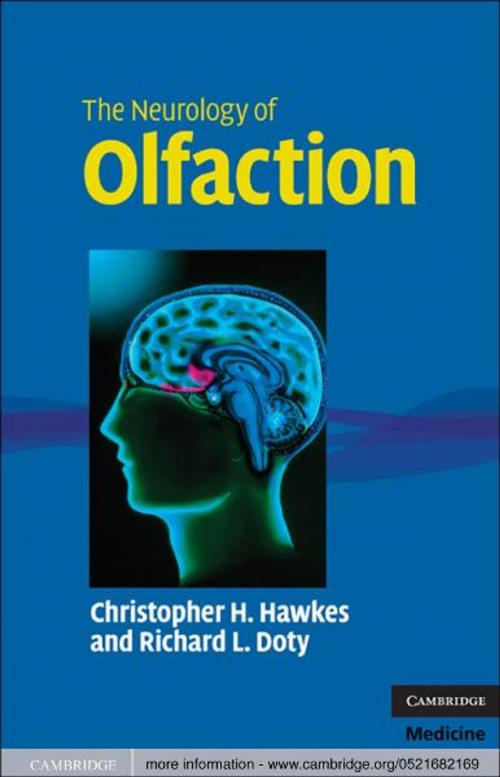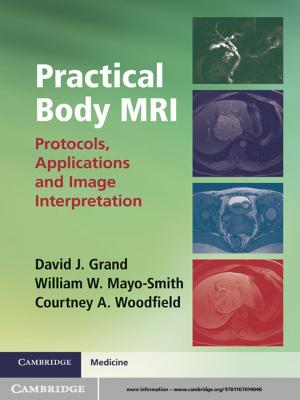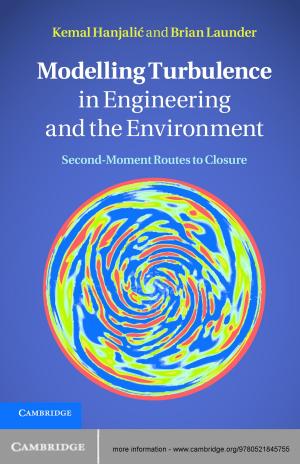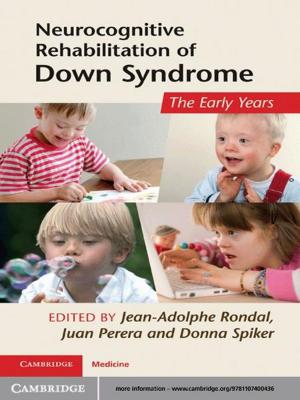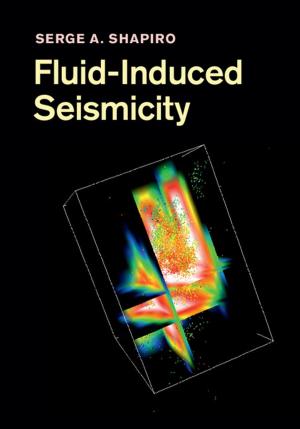The Neurology of Olfaction
Nonfiction, Health & Well Being, Medical, Specialties, Internal Medicine, Neurology| Author: | Christopher H. Hawkes, Richard L. Doty | ISBN: | 9780511737442 |
| Publisher: | Cambridge University Press | Publication: | February 12, 2009 |
| Imprint: | Cambridge University Press | Language: | English |
| Author: | Christopher H. Hawkes, Richard L. Doty |
| ISBN: | 9780511737442 |
| Publisher: | Cambridge University Press |
| Publication: | February 12, 2009 |
| Imprint: | Cambridge University Press |
| Language: | English |
Testing the sense of smell is often omitted or trivialized during neurological examination. This comprehensive review will address this shortcoming by emphasizing the significance of this important sensory modality. The Neurology of Olfaction describes the anatomy and physiology of human olfaction and how it may be measured. The book covers neurologic disorders in depth and a comprehensive chapter is devoted to neurodegenerative disorders, particularly Alzheimer's disease and Parkinson's disease, where loss of smell is frequent and may be an early preclinical feature that could predict the onset of disease in asymptomatic subjects. Finally, the authors describe methods of treatment for anosmia, evaluate its medicolegal importance, and give guidance for those unfortunate enough to have lost their sense of smell. Written by two experts in the field, this book provides information useful to physicians for assessing and managing chemosensory disorders and summarizes the current scientific knowledge of human olfaction.
Testing the sense of smell is often omitted or trivialized during neurological examination. This comprehensive review will address this shortcoming by emphasizing the significance of this important sensory modality. The Neurology of Olfaction describes the anatomy and physiology of human olfaction and how it may be measured. The book covers neurologic disorders in depth and a comprehensive chapter is devoted to neurodegenerative disorders, particularly Alzheimer's disease and Parkinson's disease, where loss of smell is frequent and may be an early preclinical feature that could predict the onset of disease in asymptomatic subjects. Finally, the authors describe methods of treatment for anosmia, evaluate its medicolegal importance, and give guidance for those unfortunate enough to have lost their sense of smell. Written by two experts in the field, this book provides information useful to physicians for assessing and managing chemosensory disorders and summarizes the current scientific knowledge of human olfaction.
